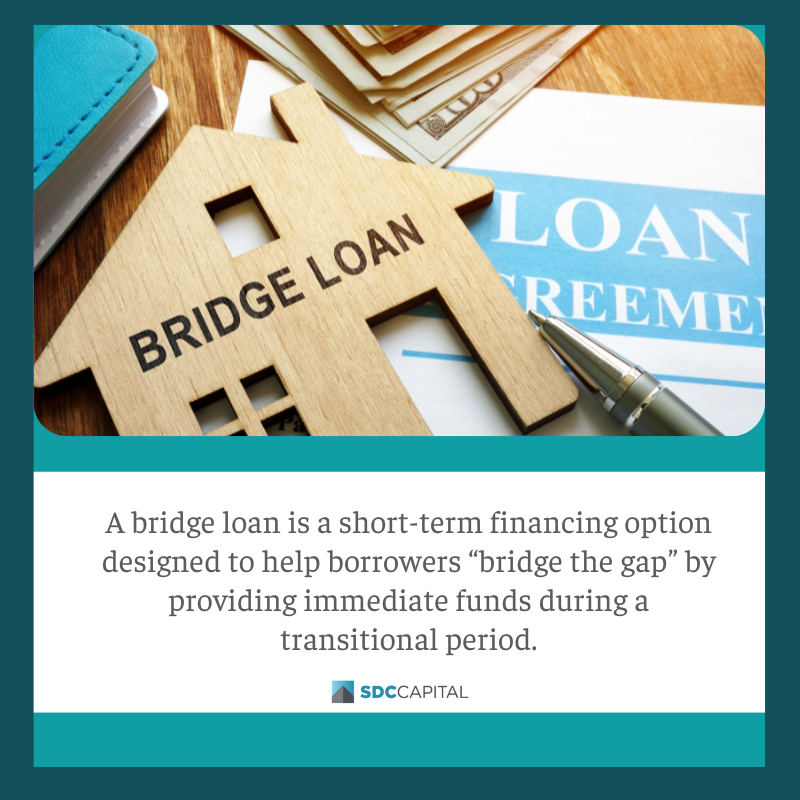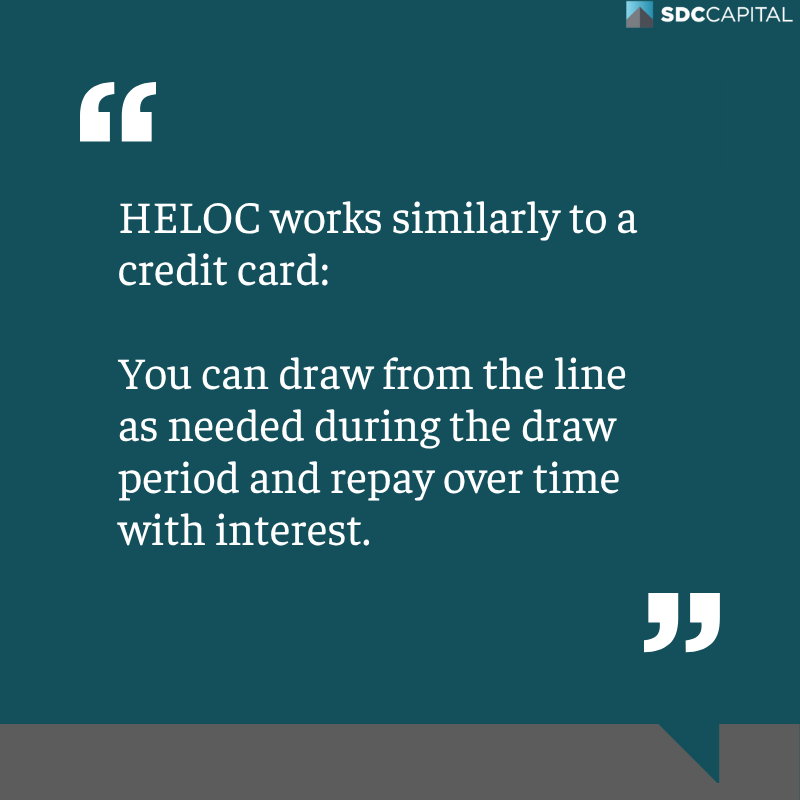When real estate opportunities move fast, financing needs to keep up. For investors in California, two common short-term funding options often come into play: Bridge loans and home equity lines of credit (HELOCs).
While both can unlock capital from existing properties, they differ in structure, speed, and strategy.
California’s median home prices is expected to rise 4.6% this 2025 to $909,400. With this, many buyers and investors may increasingly rely on flexible financing tools such as bridge loans or HELOCs to stay competitive in a tightening market.
What’s bridge loan vs. HELOC? Let’s break down their similarities, differences, and use cases so you can make the best decision for your next deal.
What is a Bridge Loan?
A bridge loan is a short-term financing option designed to help borrowers “bridge the gap” by providing immediate funds during a transitional period.
The main types of bridge loans are residential and commercial bridge loans. A residential bridge loan helps buyers secure funds to purchase a new home.
On the other hand, commercial bridge loans provide hard money to investors looking to acquire or renovate commercial real estate.
Here are other common use cases of bridge loans for real estate investors:
Purchasing a new property before your current one sells
Making competitive, non-contingent offers
Financing fix-and-flip projects
Facilitating 1031 exchanges
Typical Terms of Bridge Lenders in California:
Loan Terms: 6–12 months
Loan-to-Value (LTV): Up to 75%
No appraisal in many cases
Faster closings (as quick as 7 days)
Offered by private or hard money lenders like SDC Capital
California investors often favor bridge loans because of the competitive real estate market and need for fast, flexible funding.
What is a Home Equity Line of Credit (HELOC)?
A Home Equity Line of Credit (HELOC) is a revolving credit line secured by the equity in your property, usually your primary residence.
It works similarly to a credit card: You can draw from the line as needed during the draw period and repay over time with interest.
Here’s how a HELOC works:
Draw period typically lasts 5–10 years
Interest-only payments during the draw period
Repayment period can extend 10–20 years
Variable interest rates
Requires strong credit and income documentation
Slower processing and underwriting compared to bridge loans
Note that HELOC is often available only for owner-occupied or primary residences.
Bridge Loan vs. HELOC: A Comparison
Still confused? Here’s a side-by-side comparison of the key features of bridge loan vs. HELOC:
| Feature | Bridge Loan | HELOC |
|---|---|---|
| Funding Speed | 5–10 business days | 2–6 weeks |
| Loan Amount Limits | Based on property value and LTV | Based on equity in primary residence |
| Collateral Required | Subject property (purchase or sale) | Primary residence (typically) |
| Qualification Criteria | Asset-based (property focused) | Income, credit score, and debt-to-income ratio |
| Repayment Structure | Lump-sum or interest-only; short term | Interest-only draw, then amortized repayment |
| Best Use Cases | Time-sensitive purchases, 1031 exchanges | Renovations, long-term equity access |
When to Consider a Bridge Loan
Bridge loans are ideal for investors who need quick, temporary financing to take advantage of a time-sensitive opportunity.
A bridge loan is the best choice if you’re:
Purchasing a new property before selling another
Making offers without financing contingencies
Closing fast on distressed or off-market properties
Facilitating a reverse 1031 exchange
When to consider a HELOC
A HELOC can be a great tool for investors who want flexible access to capital over time, especially if they plan to renovate, refinance, or hold long-term.
A HELOC is the better choice if you’re a borrower with:
Strong credit and verifiable income
Substantial equity in their primary residence
Long-term investment horizon
Bridge Loan vs. HELOC: Which Financing Option is the Best Choice For You?
Both bridge loans and HELOCs offer real estate investors unique advantages, but they’re designed for very different goals.
Bridge loans are about speed and certainty in competitive markets, while HELOCs offer flexible, long-term access to capital if you qualify.
In California’s dynamic real estate environment, knowing when to use each option could be the key to unlocking your next successful deal.
Email info@sdccap.com to learn more.



